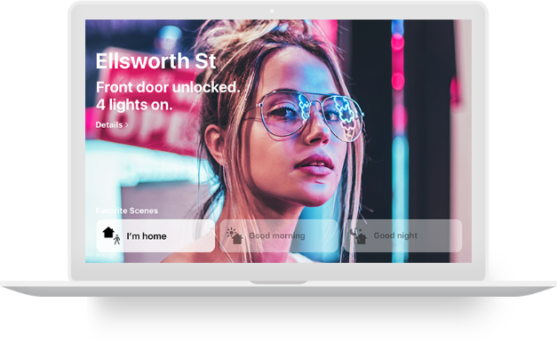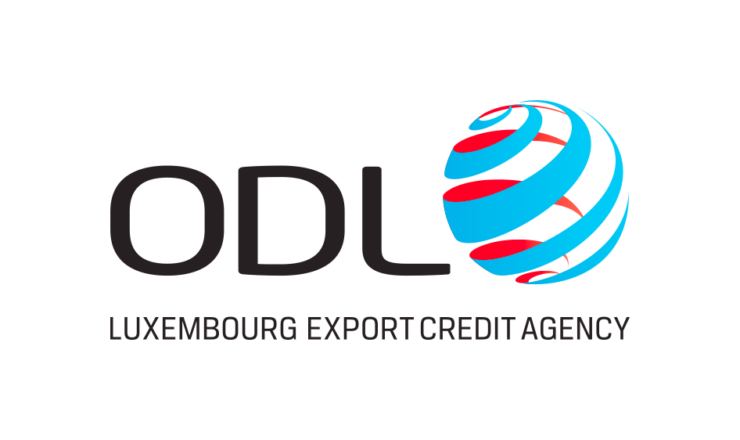Advantages
-
97%
Internet penetration in Luxembourg in January 2020
-
380
new websites are created every minute in the world
-
81%
of retail shoppers conduct online research before buying
-
75%
of people base the credibility of a business on how their website looks
-
97%
Internet penetration in Luxembourg in January 2020
-
380
new websites are created every minute in the world
-
81%
of retail shoppers conduct online research before buying
-
75%
of people base the credibility of a business on how their website looks
With all the available sources online today, including social media, you may be wondering whether you need a website at all. The answer is probably yes for several different reasons. So whether you are looking to build a website or enhance your existing site, here are a few important factors to take into account:
10 top website advantages:
- Cost effective way to access new customers and increase sales
- Available 24/7 = consumer convenience
- Provides consumers with information needed to make an informed purchasing decision
- Base for providing product information and quality customer service
- A good website gives your business credibility
- A platform for driving targeted marketing activities
- A great way to compare yourself to and stand out from the competition
- Easy and quick to update
- Enables you to build your brand at home and abroad
- Allows you to sell directly to domestic and international customers via the e-commerce section
A good starting point is to determine what are the main goals of your website and build your marketing strategy accordingly. These can include:
- Building your brand
- Providing information
- Generating leads
- Selling your products and services
- Increasing customer satisfaction and loyalty




